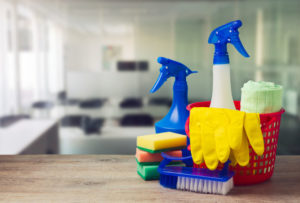 When you have a crawling infant that is pulling themselves up on furniture and seemingly getting into everything, you want to do everything you can to keep them safe as they explore their tiny world. Baby proofing your home can seem like a huge chore, but it is most definitely an important one. In order to keep your home baby friendly, you’ll need to be able to keep certain things out of reach. Closet solutions can help you do just that.
When you have a crawling infant that is pulling themselves up on furniture and seemingly getting into everything, you want to do everything you can to keep them safe as they explore their tiny world. Baby proofing your home can seem like a huge chore, but it is most definitely an important one. In order to keep your home baby friendly, you’ll need to be able to keep certain things out of reach. Closet solutions can help you do just that.
Choking Hazards
You might be surprised at the things that pose a choking hazard to infants and young children. Not only do you need to keep small objects out of reach, you also need to keep items with a chain or string away from children. Anything that could be accidentally swallowed in whole or in part should be kept put away where the child cannot reach. Choking is the fourth leading cause of death in children under the age of five. Don’t let your child be a statistic, but use custom closet solutions such as built in drawers to hold small items.
Chemicals and Cleaners
Another leading cause of injury and death in small children and infants is ingestion of chemicals. Some cleaners and other chemicals have an interesting smell, and infants and toddlers do not know that they are harmful. You must keep these chemicals and cleaners out of reach of your child. Closet solutions with hooks for cleaning rags, mops, and brooms, as well as shelving to keep cleaners organized, can go a long way toward protecting your child.
Office and Art Supplies
Although most office and art supplies do not pose an immediate danger to your baby or toddler, they can pose quite a mess. The last thing you want is for a baby or toddler to get their hands on glue, glitter, markers, paints, or pens. You can keep these items safely put away with office or den closet storage that has divided cubbies for different types of supplies to be kept well off the ground.
If you have an infant or toddler entering your home, baby proofing is very important. Contact us today for more information about our custom closet solutions and how they can keep your child safe.
